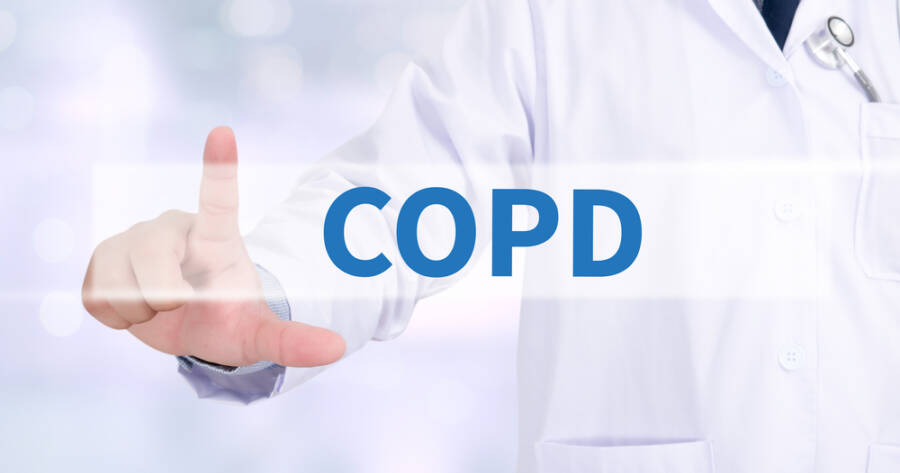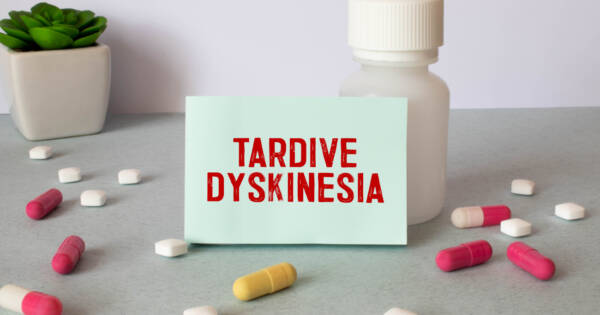According to the World Health Organization, 210 million people worldwide suffer from COPD. If the disease goes untreated, it can become painful and uncomfortable, and it can interfere with your day-to-day life. To better prepare yourself, learn more about the symptoms, treatments and risk factors for the condition.
What Is COPD?
COPD, or chronic obstructive pulmonary disease, is a condition that damages the lungs and causes difficulty breathing. If the disease goes untreated, it can become painful and uncomfortable, and it can interfere with your day-to-day life.
COPD occurs as a mix of chronic bronchitis and emphysema. Chronic bronchitis is the inflammation of the bronchial tubes. It also usually causes an increase in mucus production, which results in difficulty breathing. Emphysema is a condition in which the air sacs in the lungs can’t expand to take in enough air.
Causes of COPD
Smoking is almost always the cause of COPD. The smoke irritates the airways in the lungs, which results in either chronic bronchitis or emphysema. Prolonged exposure to secondhand smoke can also sometimes cause COPD.
Some people who are exposed to other fumes, dust, or pollution develop the condition. The disease develops slowly over time, and it usually takes years for smoke or pollutants to cause severe damage to the lungs, so most people who are diagnosed are over the age of 60.
Symptoms of COPD
Your COPD symptoms may be mild at first, but they usually get worse over time without treatment. The most common symptom is a chronic, long-lasting cough, usually accompanied by coughing up mucus. You may have to clear your throat and chest of mucus every morning if you have COPD. Coughing and mucus are usually considered mild or stage 1 symptoms of the disease.
The most common moderate or stage 2 symptom is shortness of breath, especially after exercise or physical activity. This occurs because the bronchial tubes and air sacs can’t fully fill up with air. You may have severe COPD if you feel shortness of breath during day-to-day activities like getting dressed, cooking, or doing other household tasks. Some people with COPD feel like they can never fully catch their breath.
You may also experience wheezing, or a whistling or squeaking sound when you breathe in along with a feeling of tightness in your chest and lungs. This is a result of trying to breathe from narrow airways, and it can sometimes be an indicator of an infection.
Coughing, wheezing, and shortness of breath are the most universal symptoms of COPD. Some people also experience:
- Cyanosis, or a blue tint to the lips and fingernails from lack of oxygen
- Fatigue or loss of stamina
- Swollen feet, legs, or ankles
Treatments for COPD
Damage to the lungs from COPD can’t be reversed, but further damage can be prevented with a variety of treatments and medications. If the disease is caused by smoking, the most effective treatment will be to quit smoking. You can also use medications to control coughing and breathing issues.
Bronchodilators are taken in an inhaler and relax the muscles that surround the airways, which reduces coughing and relieves shortness of breath.
Long-acting bronchodilators are for general daily use and usually only need to be taken once or twice a day. They help treat COPD symptoms over a long period of time. The most common long-acting bronchodilators are:
- Tiotropium
- Formoterol
- Arformoterol
- Aclidinium
- Indacaterol
Short-acting bronchodilators are meant for short-term relief. You can take them right before any strenuous activities that may result in shortness of breath. One of the most common short-acting bronchodilators is Ipratropium.
Your doctor may also recommend corticosteroids, which help to reduce inflammation. Two common corticosteroids for COPD are fluticasone, which is taken in an inhaler once or twice a day, and budesonide, which can come as a powder, a liquid, or in an inhaler. You could also use a combined inhaler, which uses bronchodilators and corticosteroids.
In addition to medications for COPD, you can try therapies to help control the symptoms. If your lungs can’t take in enough oxygen, you can use oxygen therapy to provide you supplemental oxygen. Some people only use this while sleeping, and other people carry lightweight units with them for extra oxygen.
You can also try a pulmonary rehab program, in which doctors can teach you techniques to help you breathe more easily and reduce coughing. Specialists will provide you with exercise training, nutritional advice, and other information that can help you control your COPD. These programs sometimes include a short period of hospitalization.
If you have very severe COPD and medications or therapy don’t help, surgery may be an option. Some COPD patients undergo a lung volume reduction surgery where surgeons remove some of the damaged lung tissue. This gives the healthy tissue more space to expand.
COPD is a serious condition, but you can manage your symptoms with medication, treatment, and changes to your diet. Being aware of your symptoms, what alleviates your symptoms, and what makes them worse can help you choose treatments and make lifestyle changes that allow you to manage your COPD.
Natural Treatments for COPD
Many doctors will prescribe drugs like corticosteroids to treat people who suffer from COPD. In addition to prescription drugs, there are natural treatments that can alleviate the symptoms of chronic obstructive pulmonary disease.
Although it might be one of the more difficult treatments for many people to implement, the best natural treatment for COPD is the cessation of smoking or vaping. These activities are known for causing inflammation in the bronchial tubes and the lungs. So, the cessation of it will usually lead to an improvement in the symptoms of COPD.
Exercise is a natural remedy with many positive health outcomes. Both aerobic and breathing exercises can benefit people with a diagnosis of COPD. While running might be difficult if you have COPD, water-based exercises are generally easier for people who suffer with the disease. Furthermore, one study from 2013 indicated that water exercises could improve people’s ability to perform land-based exercises.
Excessive stress can contribute to many health problems. COPD is one of them. Stress can lead to increased inflammation in the body. Plus, inflammation is a major factor that exacerbates the symptoms of COPD. Additionally, stress can lead to depression, which in turn can make respiratory infections more likely. Dealing with the causes of stress can help you if you’re afflicted with COPD.
People who are heavy will usually have more difficulty performing everyday tasks than those who are at a healthy weight. This difficulty can be exacerbated when combined with COPD. Losing a few pounds can be a great way to alleviate the severity of the symptoms of COPD. Plus, it can improve many other health conditions as a side benefit.
Finally, many supplements and herbs that cut down on inflammation can help if you experience the symptoms of COPD.
Prognosis
Valve Surgery
Valve surgery can help you to breathe a bit easier. It’s a less invasive alternative to traditional lung volume reduction surgery, which involves taking out part of your damaged lung. When performing valve surgery, the physician will install a one-way valve directly into your airway. This will then enable you to better expel air and mucus.
During studies, patients have experienced improved lung function and overall better quality of life. While valve surgery is deemed to be quite safe, some people are not healthy enough to handle it.
Stiolto Respimat
This is one of the newest medications to be approved for the treatment of COPD. It essentially combines two drugs: Tiotropium and Olodaterol. While Tiotropium helps relax the lungs, Olodaterol opens your airways.
According to doctors, Stiolto Respimat begins to work rapidly. In some instances, patients will start to experience relief in as little as five minutes. Even more impressive, this medication is a breeze to use. A handheld inhaler enables you to quickly breathe in the formula. Most people will only need to take Stiolto Respimat once a day.
While common side effects such as sinus irritation and joint pain tend to be mild, there’s a chance for the medication to cause increased blood pressure.
Bronchial Rheoplasty
The medical world has high hopes for bronchial rheoplasty. This minimally invasive treatment is designed to reduce mucus buildup. By applying electrical bursts to the mucus-producing cells, it could drastically improve breathing. Although bronchial rheoplasty has yet to be medically approved for the masses, a patient has already been successfully treated during clinical trials.



